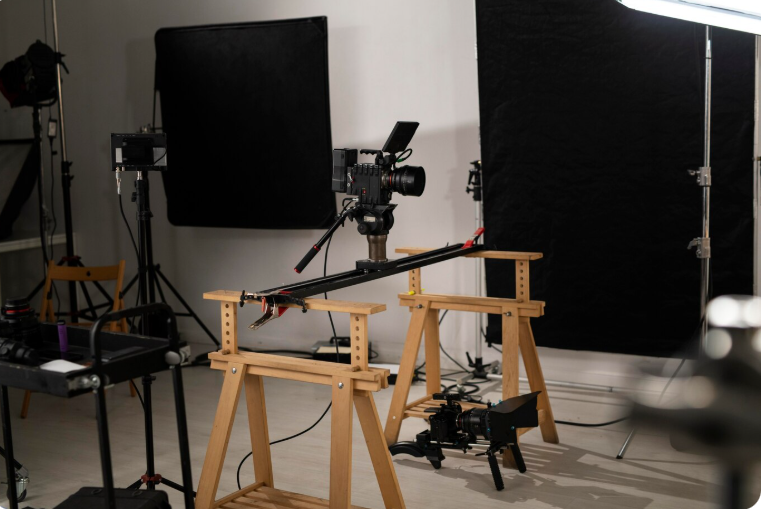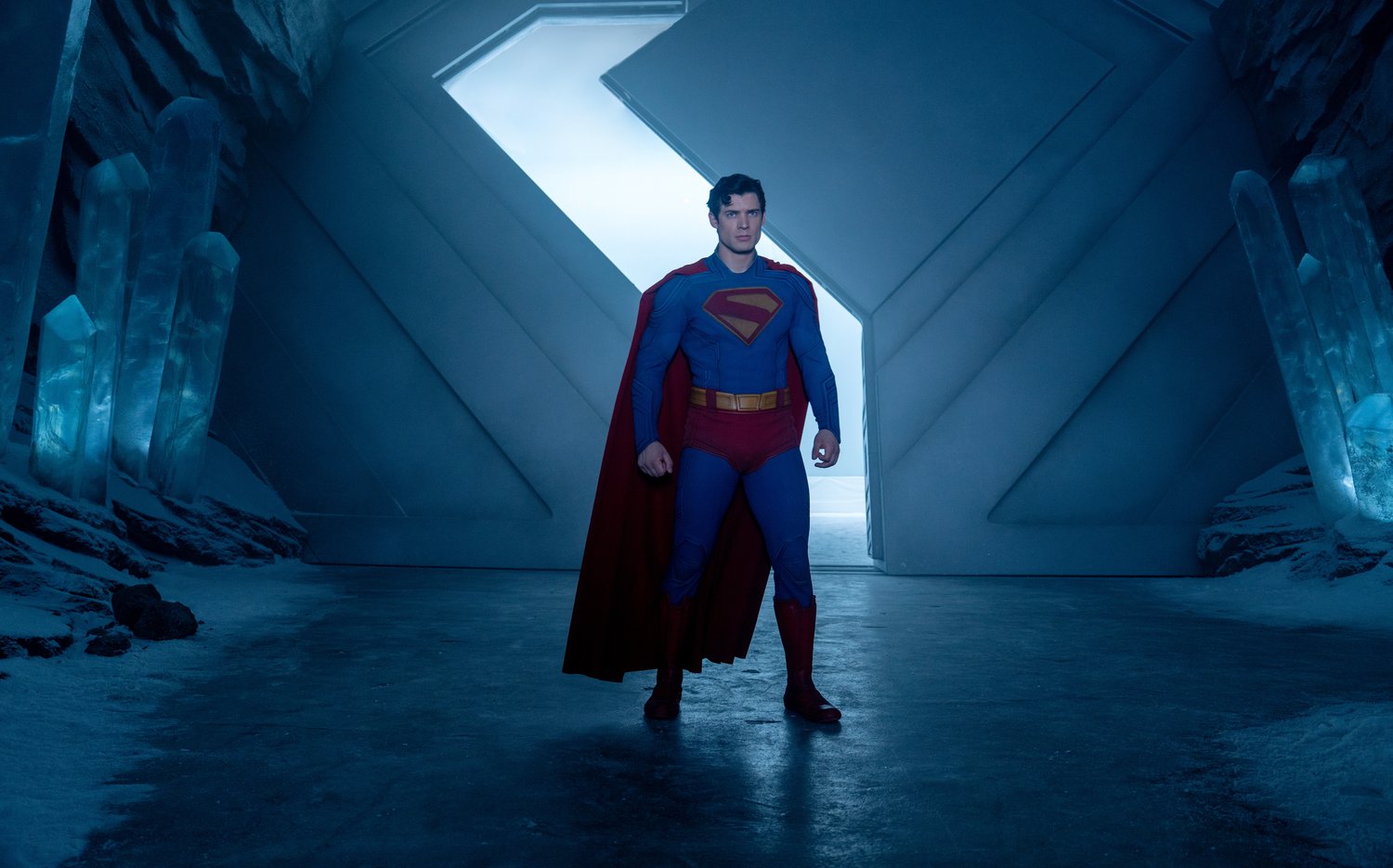London has long been a powerhouse of film,
television, and digital media, a city where creativity meets
craftsmanship. In the heart of this vibrant landscape
standsSoundstage Studios, one of the capital’s premier
destinations for
film and video production. Whether you’re an
independent filmmaker, a global brand, or a production agency
seeking a world-class space, Soundstage Studios offers the
facilities, expertise, and flexibility to bring your vision to
life.
From fully equipped soundstages and green
screen setups to end-to-end production and post-production
services, the studio is designed to meet the evolving demands of
modern media. And with a central London location, tailored booking
options, and a dedicated in-house team, it’s never been easier to
elevate your next shoot.
Interested in working with us? You
can get in
touch via phone on +44 (0)20
8961 7890 — we’d love to hear about your
project.

Who Are We?
At Soundstage
Studios, we’re more than just a film studio –
we’re a creative hub where vision meets execution. With established
roots in the heart of London’s media scene, we’ve built a
reputation for delivering seamless, high-quality production
experiences to clients across the film, music, advertising, and
content creation industries.
Our team includes experienced directors,
producers, DOPs, editors, and sound engineers, all committed to
pushing creative boundaries while maintaining technical excellence.
Whether you’re producing a broadcast commercial, a viral campaign,
or a cinematic short, our crew is on hand to support every stage of
the process.
We’re trusted by global brands, major-label
artists, and independent filmmakers alike. Why? Because we combine
cutting-edge facilities with reliable, knowledgeable on-site
technical support, something that sets us apart in an industry
where time and quality are everything.
Tip: Come Prepared, Leave
Empowered
Our dedicated tech team is on standby
throughout your shoot to assist with everything from rigging and
lighting to camera systems and audio feeds. They’re not just
technicians, they’re problem-solvers, offering live troubleshooting
and set assistance to keep your shoot running
smoothly.
Tip: Simplify the
Setup
Unsure about kit compatibility or power
requirements? Our studio tech specs are transparent and
pre-published, and we offer a pre-shoot tech consultation to help
you arrive confident and ready to roll.
At Soundstage Studios, we’ve designed every
aspect of the space to support your workflow, so you can focus on
what matters most: making something great.
What We Offer?
At Soundstage Studios, we provide a full
spectrum of film and video production services all under one roof.
From initial concept development to the final cut, our studio is
equipped to support projects of every scale, whether you’re
producing a high-end commercial, a music video, or a branded social
campaign. Below is an overview of what you can expect when working
with us:
|
Category |
Services Offered |
|
Studio Facilities |
– Fully equipped soundstages with adaptable – Green screen and infinity cyc – Customisable set design and construction |
|
Equipment Hire |
– 4K / 6K / 8K cinema cameras (including RED – Professional-grade lighting kits (ARRI, – Audio capture & monitoring |
|
Production |
– Concept development and scripting – Full production crew, including directors, – Location scouting and shoot |
|
Post-Production |
– High-spec editing suites with – Colour correction and grading – Audio design, mixing, and |
This setup ensures clients can see our core
offerings at a glance while reinforcing the studio’s end-to-end
capabilities.
What Makes Us Different?
At Soundstage Studios, we don’t just offer
space and equipment, we offer a creative partnership. Here’s what
sets us apart from other production studios in London:
-
Prime Central London
Location. Conveniently situated with
excellent transport links and on-site parking, our studio is easily
accessible whether you’re arriving with a full crew or just a
creative brief. -
Flexible Packages for Every
Budget. From indie productions to global
campaigns, we offer customisable pricing structures to suit
projects of all shapes and sizes, without compromising on
quality. -
Client-Centred
Collaboration. Our ethos is simple: your
vision, realised. We work hand-in-hand with each client to ensure
every production runs smoothly, creatively, and on
schedule. -
In-House Creative
Direction. Need help shaping your concept?
Our team includes experienced creatives who can assist with
everything from storyboarding and shot planning to brand
integration and campaign consistency. -
Sustainable Production
Practices. We’re committed to reducing our
environmental footprint, using low-energy lighting, offering
digital documentation workflows, and encouraging reuse and
recycling wherever possible.
When you choose Soundstage Studios, you’re not
just booking a facility – you’re gaining a trusted partner
dedicated to making your production the best it can be.

Who We’ve Worked With?
Our studio has played host to a wide range of
productions from fast-paced commercial shoots to cinematic music
videos and award-winning short films. We’re proud to have
supported:
-
Global Brands.
From fashion and tech to automotive and lifestyle,
we’ve worked with international companies creating campaigns for
television, online, and social media platforms. -
Major Label Artists.
Our soundstages and green screen facilities have been used in
music videos for chart-topping acts, offering the flexibility and
scale needed for high-impact visuals. -
Independent
Filmmakers. We actively support the UK’s
independent film scene, providing professional-grade space and kit
at competitive rates for emerging directors and
producers. -
Creative Agencies and Content
Studios. Whether it’s branded storytelling,
product launches, or social content, agencies choose us for our
collaborative approach and consistent delivery.
“Soundstage Studios is a rare find — the
team are technically spot-on and creatively switched-on. It’s the
kind of place that feels like part of your crew, not just a
facility.”
—
Creative Producer, London-based agency
Want to see what we’ve helped
create? Get in
touch or explore our portfolio for examples of
recent work.
Ready to bring your vision to life? We’d love
to hear more about your project. Whether you’re after a full-scale
production package or just need to hire a studio for the day, our
team is here to help you find the right fit. We offer:
-
Studio tours by appointment – Come and see the
space, meet the team, and discuss your needs in person. -
Free consultations with a producer – Get
expert advice on planning, budgeting, and creative direction before
you even start shooting. -
Flexible booking options – Whether it’s a
one-day shoot or a month-long production, we tailor our packages to
fit your schedule and budget.
Why Soundstage Studios?
Whether you’re a filmmaker seeking a reliable
space to shoot, a creative agency managing high-stakes campaigns,
or a content creator aiming to elevate your visuals, Soundstage
Studios is built for you. With industry-leading facilities, a
hands-on team, and a deep understanding of the production process
from concept to delivery, we offer a professional, end-to-end
solution right in the heart of London.
From the moment you walk through our doors to
the final cut, you’ll have a partner committed to bringing your
ideas to life with precision, creativity, and care. At Soundstage
Studios, your production is in expert hands.





























